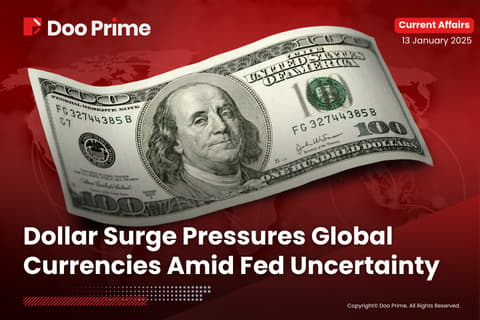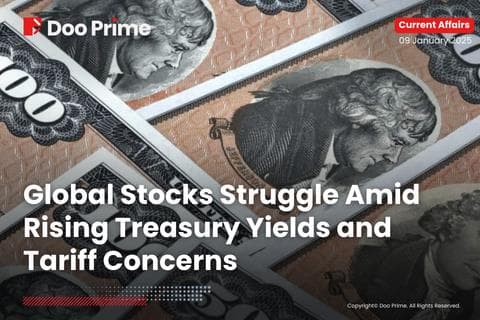WORLDWIDE: HEADLINES
GameStop taps Amazon Australia chief as CEO, may sell shares
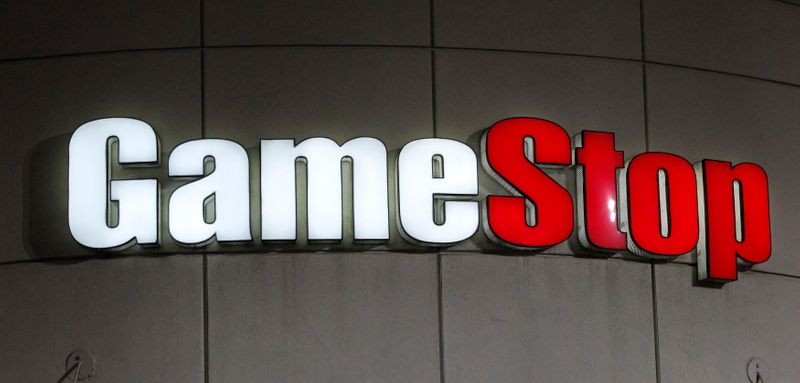
GameStop (GME.N) on Wednesday named the head of Amazon’s Australian business as its CEO and said the struggling videogame retailer may sell new shares, sending its volatile stock down 7% in extended trade and disappointing some of its ardent fan base of individual investors.
In a quarterly report that was stronger than analysts forecast, GameStop said it may sell up to 5 million new shares, which would be worth $1.4 billion based on its latest share price.
Matt Furlong, a nine-year Amazon (AMZN.O) veteran, will succeed George Sherman as chief executive officer. GameStop said Mike Recupero, who spent over 17 years at Amazon, will succeed Jim Bell as chief financial officer.
Furlong will join on June 21, while Recupero, who was chief financial officer of Amazon’s North American consumer business, will come on board on July 12, the company said.
GameStop’s shares have almost doubled in the past month, approaching their January high. That was when a massive surge driven by investors on Reddit’s wallstreetbets trading forum made the stock the most traded on the U.S. market for several days.
The Securities and Exchange Commission requested documents and information related to an investigation into that trading, GameStop disclosed, along with trading in shares of other companies.
AMC Entertainment, Blackberry (BB.TO), Clover Health Investments (CLOV.O) and other recently surging so-called “meme” stocks fell more than 4% in extended trade on Wednesday.
Even after falling late on Wednesday, GameStop’s stock has gained more than 1,300% in 2021.
Earlier, shareholders elected billionaire investor Ryan Cohen, the company’s biggest stockholder and co-founder of online pet supplies retailer Chewy (CHWY.N), as its chairman.
He warned shareholders of more volatility ahead. “As my dad would say, buckle up,” Cohen said.
Full coverage: REUTERS
Analysis: As Fed taper looms, global central banks eye their own exits from stimulus
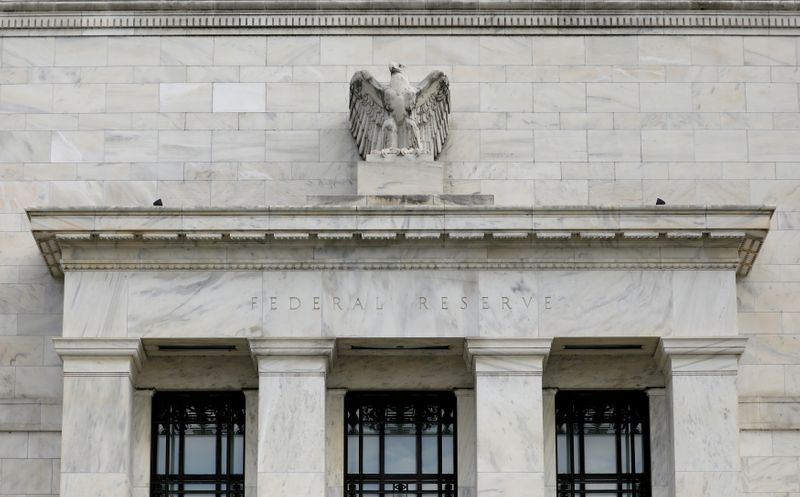
Haunted by memories of past U.S. interest rate hikes, the world’s central banks are laying the groundwork for a transition to life with less global stimulus, with many countries already signaling moves to the exit.
While the Federal Reserve is publicly committed to keeping interest rates near zero — and no hikes are priced in until late next year at the earliest — official comments about inflationary pressures could become a chorus in months ahead, making tapering a more concrete prospect and likely heightening volatility in global financial markets.
For some developed economies, a return to pre-pandemic conditions means central bank stimulus withdrawal is already in the works.
Meanwhile, more vulnerable central banks are fortifying their financial systems to ward off the type of capital flight that hit emerging markets during the 2013 “taper tantrum,” which was triggered by mere hints of Fed tightening after years of super-easy policy deployed during the Global Financial Crisis.
“There’s a huge divergence among economies emerging from the pandemic, and those lagging behind. Some emerging central banks may be forced to raise rates to defend their currencies, even at the cost of hurting their still-fragile economies,” said Takahide Kiuchi, a former Bank of Japan (BOJ) board member.
“This trend may broaden if the Fed communicates its taper strategy in coming months. This could be among risks for the global economy,” said Kiuchi, currently an economist at Nomura Research Institute.
The Fed has said it would not start scaling back its huge stimulus until there had been “substantial further progress” in healing the U.S. job market.
While job recovery remains patch, stronger-than-expected inflation raises the possibility that the Fed may have to tighten policy sooner than expected.
For now, markets are bracing for the chance the Fed will start to communicate its taper strategy at its Jackson Hole symposium in August, with possible action later in the year.
Some central banks are already responding.
Full coverage: REUTERS
WORLDWIDE: FINANCE / MARKETS
Asian shares hold range as investors eye U.S. CPI
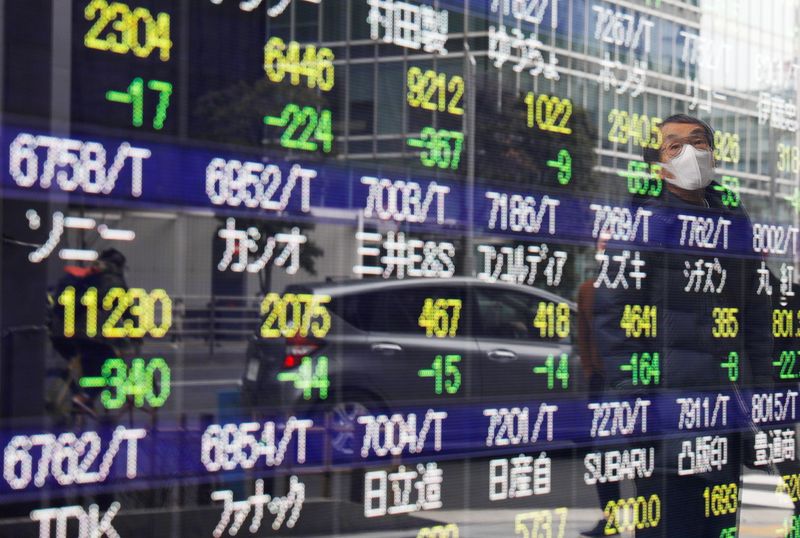
Asian shares edged higher but held their recent trading range on Thursday as investors focused on U.S. inflation data and the risk of an upside surprise that could prompt the Federal Reserve to start tapering its massive stimulus.
MSCI’s broadest index of Asia-Pacific shares outside Japan (.MIAPJ0000PUS) were marginally higher at 700.6 points, but stayed in the 698-712 points range it has traded in since late May.
Japan’s Nikkei (.N225) and Australia’s benchmark shares rose 0.4% each. Chinese shares gained with the blue-chip index (.CSI300) up 0.9%
Overnight, fixed income markets were the big movers, with some analysts pointing to a setback to more U.S. stimulus efforts, while others suggested a likely clearing out of short positions ahead of the May CPI. read more
Short positions in Treasuries were the highest since 2018, according to JP Morgan positioning data last week.
The yield on benchmark 10-year U.S. Treasury notes slipped to 1.4891% from 1.528% late on Tuesday. A fall below 1.47% would take yields to the lowest since March 4.
Also at play was some thought that hedge funds may have shifted their bond allocation, driven by lower volatility in the bond market recently, analysts said.
On Wall Street overnight, the S&P 500 (.SPX) came within a whisker of its all-time high set in May as big tech rallied along with healthcare stocks, but finished 0.1% lower. The Dow (.DJI) slipped 0.44% and the Nasdaq Composite (.IXIC) fell 0.09%.
Markets are looking to the European Central Bank (ECB)policy meeting later in the day where it will likely keep its policy guidance unchanged and publish updated euro area macroeconomic projections.
Also later in the global day, expectations are that U.S. CPI will accelerate 0.4% in May, taking the annual pace to 3.4%, according to a Reuters Poll.
Full coverage: REUTERS
Dollar stuck near 5-month low as caution reigns ahead of U.S. CPI, ECB tests
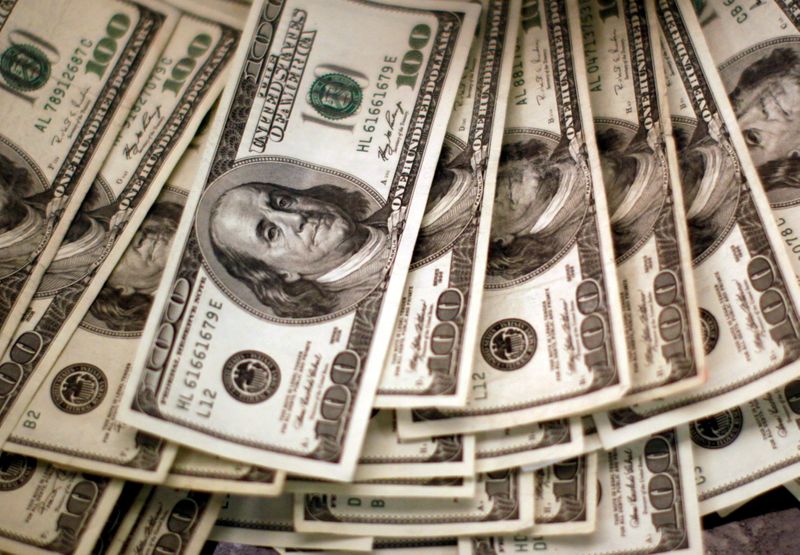
The dollar continued to hover near a five-month low versus major peers on Thursday as investors looked to key U.S. inflation data and a European Central Bank meeting later in the day to potentially set the direction for currency markets.
Investors have adopted a wait-and-see attitude all week, sucking volatility from the market and leaving major currencies mostly range-bound.
The dollar index has fluctuated narrowly around the psychologically important 90 level, and was last at 90.137.
The euro rose to a one-week high at $1.2218 on Wednesday only to finish little changed, and was essentially flat at $1.2178 in Asia.
The yen traded at 109.62 per dollar, also little changed from Wednesday and near the middle of the 109.19-110.325 range of the past two weeks.
Deutsche Bank’s Currency Volatility Index languished at its lowest level since February 2020.
The U.S. Labor Department’s consumer prices data has been much anticipated after last month’s report showed consumer prices increased by the most in nearly 12 years in April.
That has stoked bets that higher prices could last longer than some anticipate, potentially calling into question the Federal Reserve’s insistence that current inflation pressures are transitory and monetary stimulus should stay in place for some time yet.
Economists polled by Reuters estimated the CPI advanced 0.4% in May.
While the greenback has kept to tight ranges in the run-up to the report, benchmark 10-year Treasury yields – which helped drive the dollar index to a multi-year high earlier this year – has taken a sizeable step lower in the past week and was at 1.4874% in Asia from as high as 1.6350% on Friday.
Full coverage: REUTERS
Oil slips as start of U.S. summer driving season fails to lift fuel demand

Oil prices slid on Thursday as inventory data in the United States, the world’s top oil consumer, showed a surge in gasoline stocks that indicates weaker-than-expected fuel demand at the start of summer, the country’s peak season for motoring.
Brent crude oil futures were down 34 cents, or 0.5%, at $71.88 a barrel by 0108 GMT, while U.S. oil futures declined by 36 cents, or 0.5%, at $69.60 a barrel.
“Markets had been optimistic on demand as the U.S. enters the peak summer driving season,” analysts from ANZ Research said in a note on Thursday.
“An acceleration in (coronavirus) vaccinations and rising traffic numbers are a plus for demand for transportation fuel. However, this data highlights it won’t be a smooth road back to recovery.”
U.S. crude oil stockpiles that include the Strategic Petroleum Reserve (SPR) fell for the 11th straight week as refiners ramped up output, but fuel inventories grew sharply due to weak consumer demand, the Energy Information Administration (EIA) said on Wednesday.
Crude inventories (USOILC=ECI) that exclude the SPR fell by 5.2 million barrels in the week to June 4 to 474 million barrels, the third consecutive weekly drop. But fuel stocks were up sharply, with product supplied falling to 17.7 million barrels per day (bpd) versus 19.1 million the week before.
In another development weighing on prices, Libya’s Waha Oil Co aims to return to normal output operations on Thursday after fixing a leak on a pipeline that more than halved the company’s oil production, an oil source at the Es Sider crude export terminal said.
In India, the world’s third-largest oil consumer, fuel demand slumped in May to its lowest since August last year, with a second COVID-19 wave stalling mobility and muting economic activity in the world’s third largest oil consumer.
Full coverage: REUTERS

